These are five of the most memorable, innovative, affecting films from GenreBlast 2021 — from the sublimely weird to the darkly hilarious.
I was fortunate enough to attend this year’s outstanding GenreBlast film festival over Labor Day weekend, and it was a feature-packed program boasting three days of spectacular shorts and feature films.
We’ve covered several of the standout features from the fest here on this site, including the remarkable Best Feature Film winner Blank, the crowd-pleasing Best Horror Feature and Audience Award winner Red Snow, the surprising and hilarious Best Ensemble winner Keeping Company, and the endearing love letter to retro video games Midnight Science. I also previously covered the riveting Australian found footage gem We’re Not Here to F*ck Spiders.
But even with that depth of coverage, we’ve only just begun to scratch the surface of the GenreBlast bounty of genre goodness. And there was just too much impressive work that demands to be celebrated. Thus, I’m sharing five of my absolute favorites from the fest.
It’s cliché to say, but the less you know about this film before watching it, the more you’ll be delighted at every turn.
It took some time for me to fully understand what was happening and the sheer brilliance of it all. At times incomprehensibly strange and even a bit vexing, there is an unmistakable method to the madness that reveals itself slowly, like peeling layers of an onion, until you’re crying tears of absolute joy.
I’ll give you the basic premise, with the caveat that it doesn’t even begin to prepare you for the experience of watching this film.
Determined to create the ultimate pandemic film, Stephen Stull brings a team of filmmakers together over Zoom, believing he has created a brand new genre of filmmaking — a meta-commentary that will transform moviemaking itself. His idea is to write a brilliant script and have 20 different filmmakers each shoot a different scene of the film. The trick is, nobody — not even Stephen or any members of his team — can know what scene has been assigned to each filmmaker.
Together with his producers — Kate McCoid, Bob Rose, and Michael J. Epstein — they begin an ambitious project that ends in disaster and hilarity.
Michael convinces the team he can program an AI better than Amazon. Bob wasn’t invited. Kate has regrets. For Steve, the ringleader of this calamitous circus, he faces a fate worse than death: “I’m gonna have to leave Facebook!”
Despite everything going wrong that possibly can, somehow, for us the viewers, it couldn’t be more right.
The segments are all wildly different — ranging from campy and sci-fi b-movie inspired to funny and irreverent to truly inventive and off-the-wall. Some even feature spectacular no-budget visual effects, memorable props, and cool animation.
From the stylish to the silly, it’s an absolute blast seeing such a smorgasbord of visual styles, filming techniques, sub-genres, and singular interpretations of the subject matter.
Creating a unique kind of anthology film showcasing the creativity of 20 different filmmakers (each given no direction and only one rule: use only what you have on hand), combined with an engaging and side-splittingly funny wraparound about the making of the film, the end result is an enormously entertaining midnight movie that doubles as a highlight reel for some of the best indie talent working in the genre.
It also ends with quite a bang, including one of the most entertaining and illustrious credit sequences I’ve ever witnessed.
Titled Renegade on IMDb but screened as The Movie at GenreBlast, Michael Mandell’s Kickstarter-funded indie horror-comedy is a delightfully twisted take on the home invasion sub-genre and one hell of a good time. Featuring a clever script, shrewd use of a single location, and two captivating leads, The Movie is another standout example of a film that does a whole lot with very little.
Mandell purposely kept his production as lean as possible — two actors, one location, a small crew, minimal shooting days, everything shot on iPhone. The script was written in such a way so that the budget constraints would not become an impediment to bringing his vision to life.
In fact, keeping everything super pared-down helped make this a more intimate and investing film. There’s an authenticity to this film that feels believable, even as things become more and more unhinged.
Winning the award for Best Feature screenplay at GenreBlast, Mandell does indeed wow with his well-crafted script that brilliantly blends comedy and horror while keeping the audience guessing at every turn.
I had no idea where the film was heading or how it would end, and I love that it never stopped surprising me and subverting my expectations.
Besides a witty script from Mandell, which is equal parts blackhearted and hilarious, all that was really needed to make this movie shine was stellar performances — and The Movie‘s Bonnie Root and Jarrod Pistilli more than deliver. GenreBlast audiences even awarded Root a Best Actress win for her role as a former child star turned has-been actress, Janet Gillespie.
Partly inspired by Mandell’s experiences as a struggling screenwriter, The Movie‘s antagonist is Walter (Pistilli), an awkward aspiring filmmaker who believes he’s written a killer script. All he needs is a great actress to perform it, and his heart is set on the former ingenue, Janet.
When he poses as a delivery driver to infiltrate his way into her home, pitching the perfect vehicle for her to return to the limelight, she tries to let him down easily. But Walter is persistent, to say the least, and he simply won’t take no for an answer. Unfortunately for Janet, Walter’s movie idea just happens to be the worst movie of all time.
In fact, a huge part of the fun in this zany but sadistic movie-within-a-movie is just how utterly ill-conceived every single page of Walter’s revolting script turns out to be.
Of course, it quickly escalates from simply off-putting to downright horrific, and Janet soon discovers that the potentially disastrous reviews are the least of her worries.
Even though The Movie was shot on an iPhone with a shoestring budget, it still looks and sounds great — delivering that cinematic quality that modern audiences crave.
Walter’s little homemade movie may have been offensively bad, but Mandell’s THE MOVIE is a microbudget masterpiece.
I had no real expectations going into this screening. It had not yet landed on my radar, which makes sense given the festival’s commitment to screening the latest independent, cult, niche, and underground films that aren’t easily accessible. The description for the Virginia-made dark comedy was intriguing but obscured the amount of depth, humor, and heart I could look forward to:
The manager of a small-town public access station questions the legacy of his favorite children’s show mascot when he learns that the man inside the costume had been carrying a dark and scandalous secret.
It begins with a young boy forced to hear his parents scream at each other yet again. To escape the sounds and the sadness, he retreats to his happy place: the fictional world of Kringle the dancing and singing cowboy snowman.
Cut to 25 years later, and that boy is now a man, giving himself a pep talk in a public bathroom. “You are more than this. More than the job you hold, more than the town you live in.” And, honestly, who among us hasn’t given ourselves that same pep talk at one point or another in our lives?
That man is Jerry (Best Actor in a Feature winner Benny Elledge), and he’s made a career out of his lifelong love of the public access show Kringle Time, a show he now produces.
It might be a dream come true, were it not for the fact that no one shows him any respect or kindness. His staff treats him terribly. And Kringle himself? He’s kind of the worst.
The man behind the beloved children’s entertainer is Herb, played deliciously by the great Vernon Wells.
One day while recording an episode of Kringle Time, Herb has a heart attack and dies on live television. Much to the chagrin of Jerry’s boss, and pretty much everyone on the show, Herb decrees in his will that he wants Jerry to pick up the Kringle mantle and continue his legacy.
Despite everyone doubting him and urging him to quit, Jerry does in fact step into Kringle’s boots, bringing along decades of bold and controversial new ideas for the show.
As Jerry’s childhood dream finally becomes a reality and the increasingly popular Kringle Time stands poised for national exposure, he must grapple with the problematic legacy of his predecessor and decide how far he is willing to go to maintain the status quo.
Everything about this unexpectedly magical little film works.
Made on a backyard budget over two years, this offbeat gem marks the feature debut of Matthew Lucus, who self-produced and financed the project with writer Zan Gillies.
Kringle Time takes viewers on quite a journey. It starts off laugh-out-loud funny and slowly becomes something much darker and deeper, with many moments that are surprisingly emotional. It’s tonally all over the place, but I found that bumpy ride to be fun rather than frustrating. I loved not knowing what to expect with this strange but compelling roller coaster, moving from delightful to disturbing to heartwarming at breakneck speed.
The acting is sublime. Elledge definitely steals the show as our unlikely hero, but the entire support cast is stellar. This even includes the outstanding child actors. One of the home audience members is an adorable little girl, and her reactions during pivotal scenes of the film are absolutely priceless. I also adored Jeff Wincott as the inept but well-meaning Mayor Rodney Jorkins.
Additionally, Kringle Time boasts a killer soundtrack featuring indie artists, like the end credits song from Matt the Electrician, “Got Your Back”, which you can listen to here.
Viewing tip: When you check this one out, which I really hope you do, pay special attention to the crawl along the bottom of the public access newscast shown throughout the film, with the hilariously awkward Ernest Hawkins (Mike Zinkham). There’s some real comedy gold buried in these blink-and-you’ll-miss-it moments.
It’s available now on VOD everywhere, and I would love for more people to discover KRINGLE TIME, a shining ball in the darkness of existence.


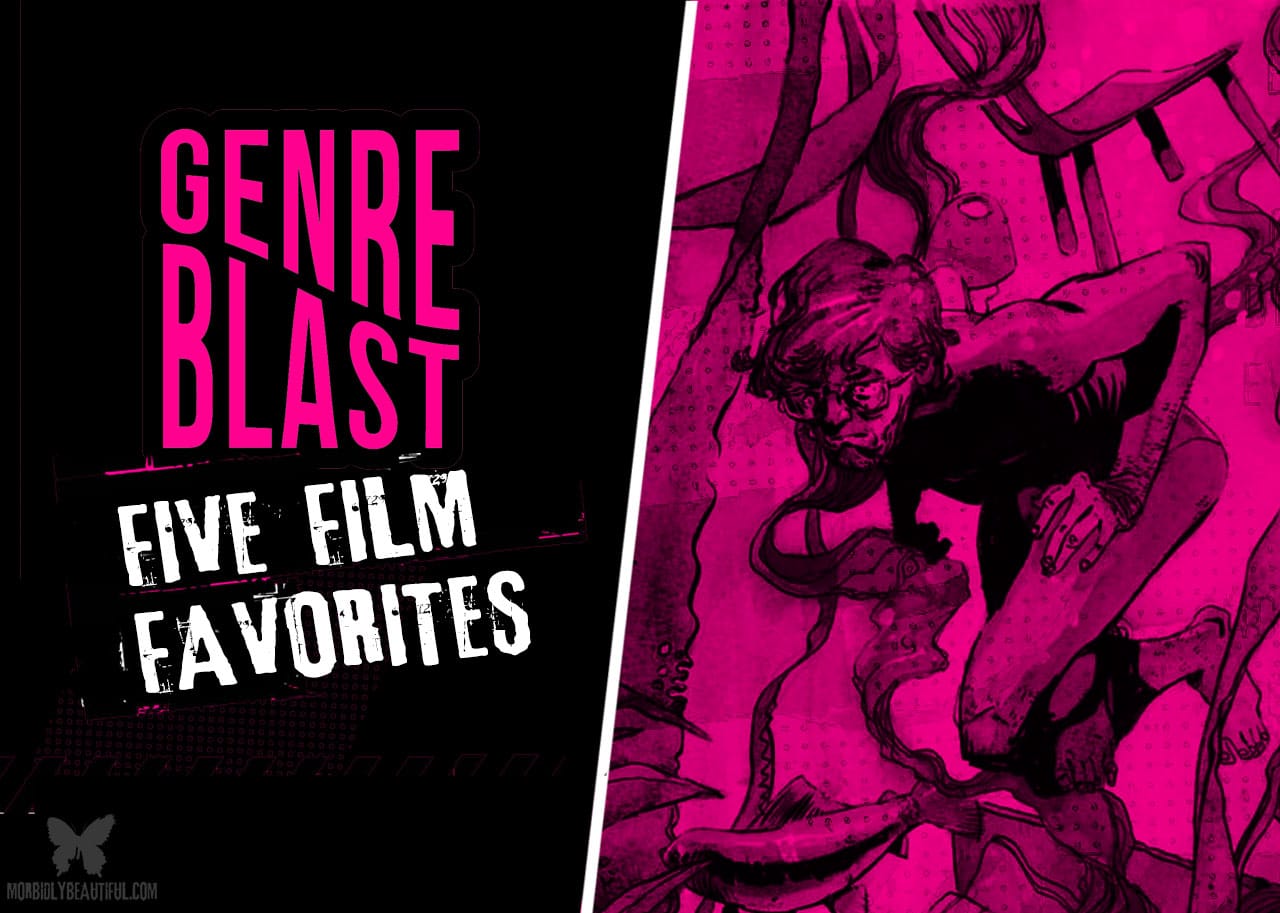
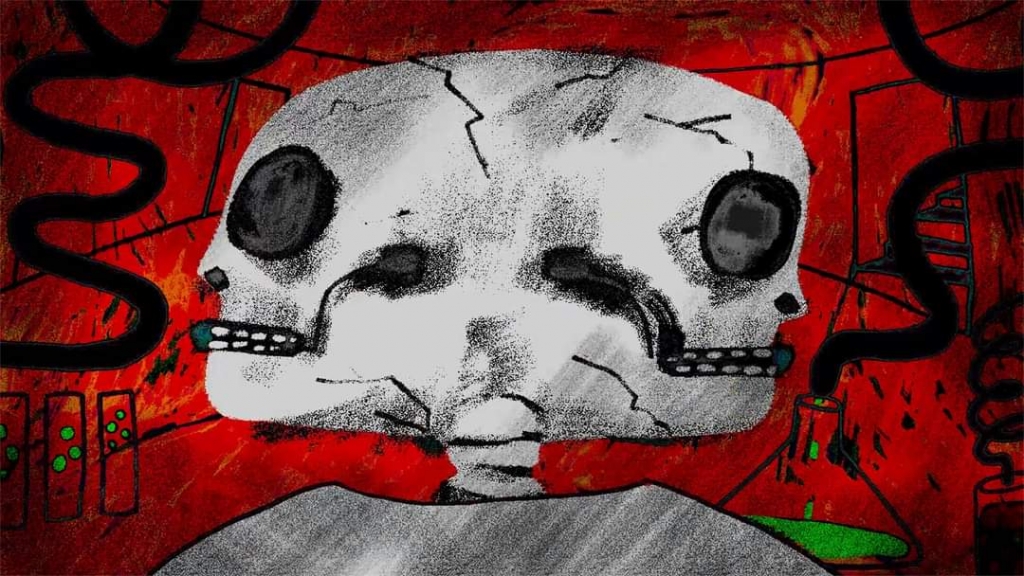
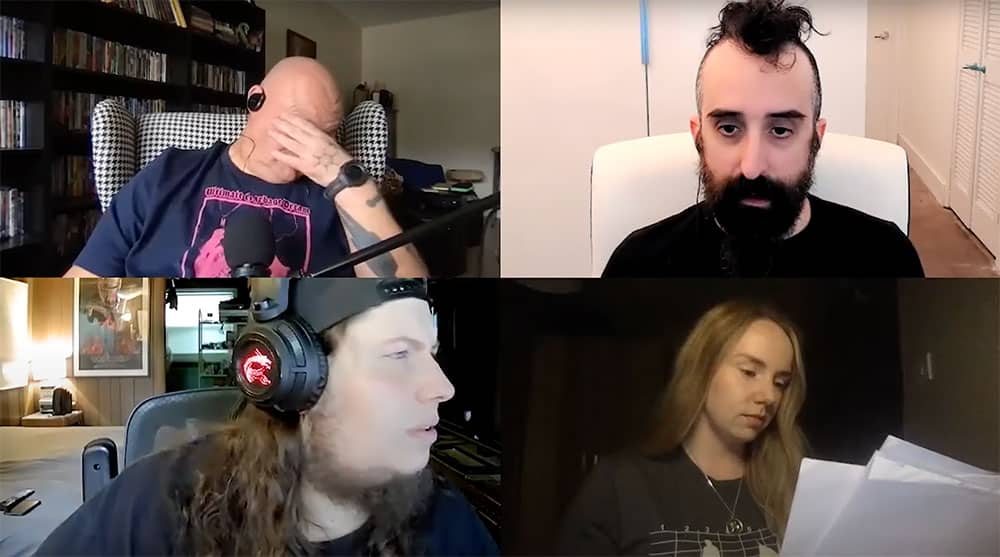
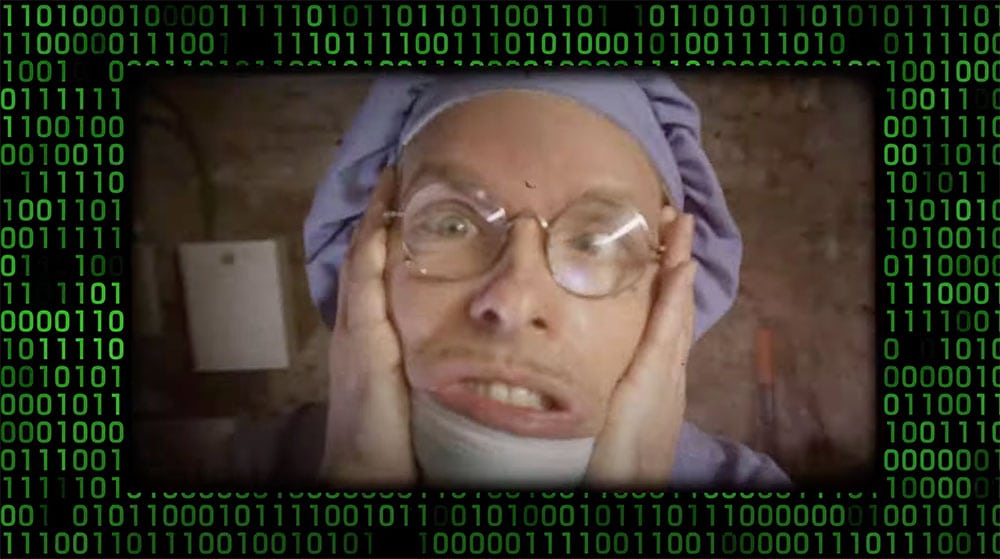

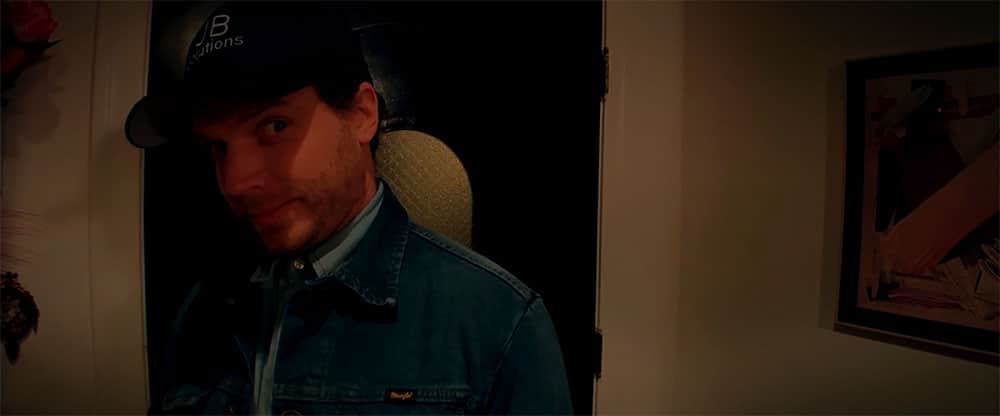
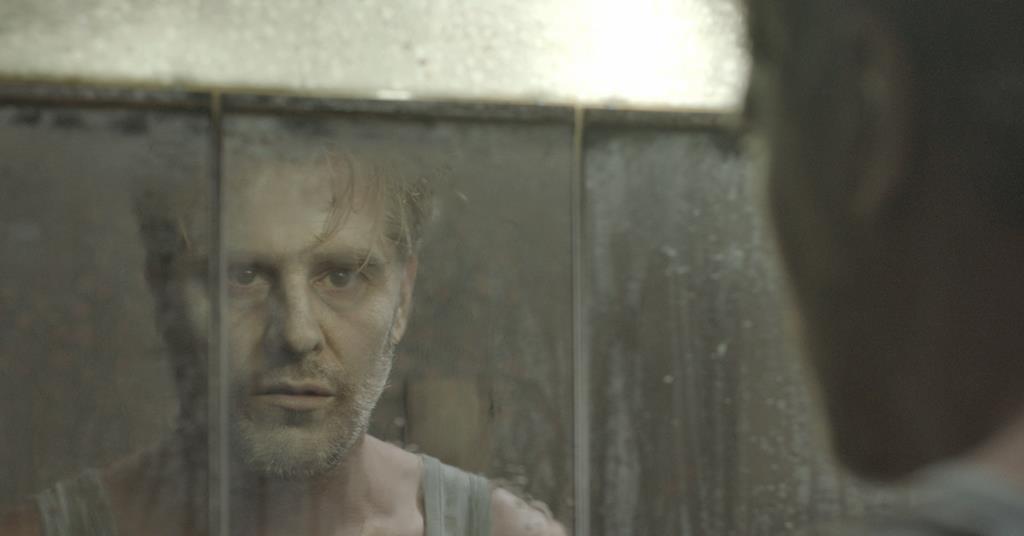

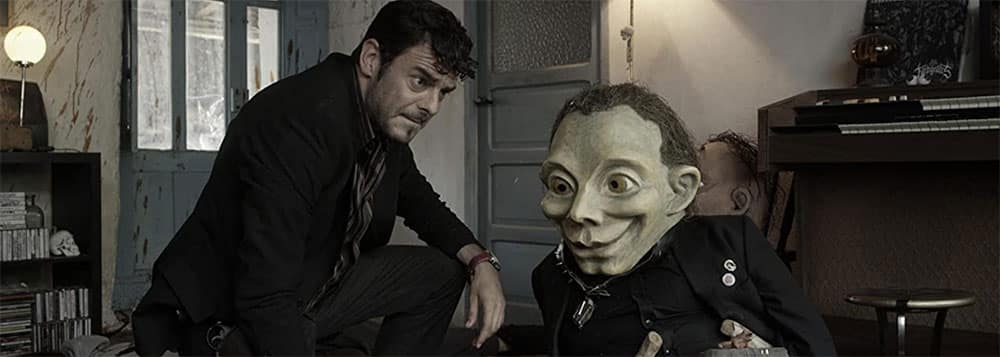
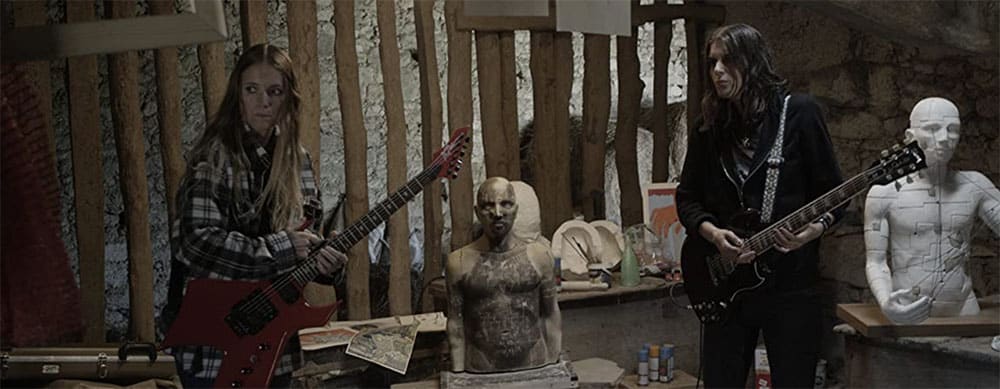

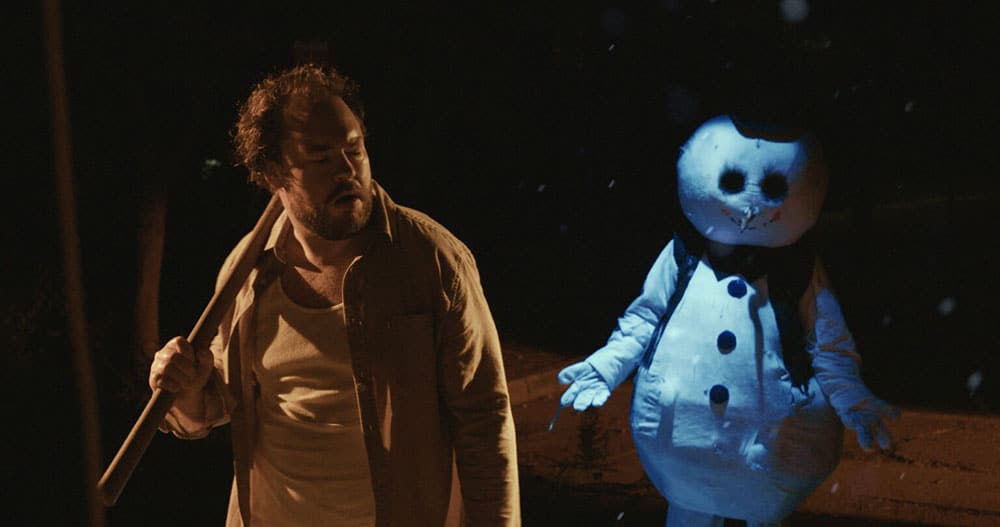


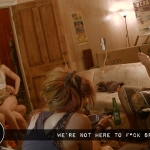






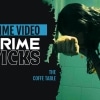






2 Comments
2 Records
Michael J. Epstein-Jenkins wrote: